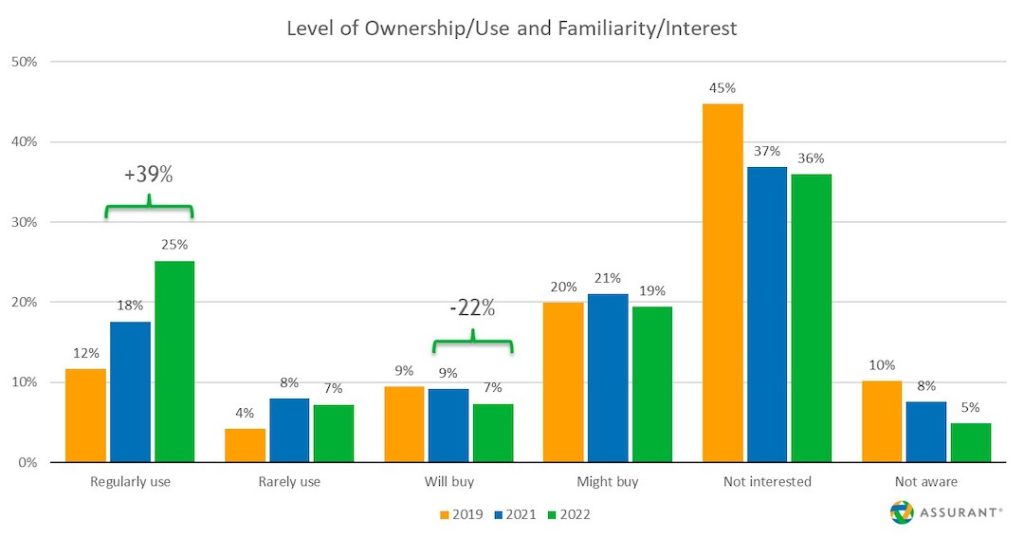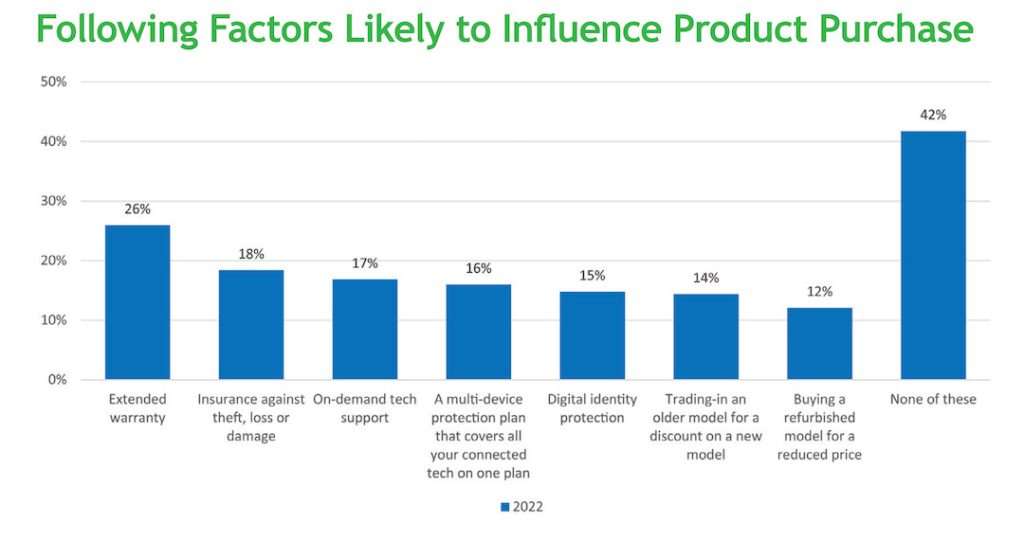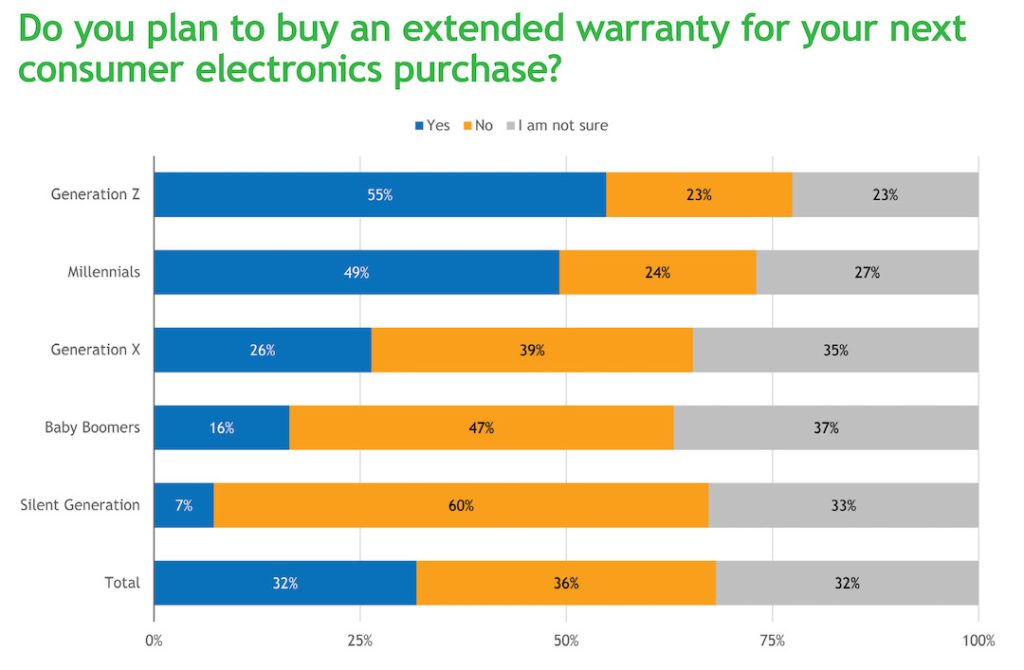If you understand and focus on meeting the needs of the consumer, everything else will fall into place. That truism is a primary reason behind Assurant’s yearly “Connected Decade” research study, which looks at consumer attitudes towards ownership and use of technology.
Some common themes over the past several years include the fact that consumers’ desire to live a more connected life has not always matched their intent to purchase smart products. Value-added services that help people set up, connect, use, troubleshoot, and protect those purchases go a long way toward boosting the likelihood of buying.

The latest research shows that consumers are using their connected tech like never before, yet many are pausing on new product purchases. As people hold on to their connected devices for longer, and rely on them more, there are opportunities to improve the customer experience and deepen relationships. This is true across smartphones, which increasingly are becoming central to vital areas such as healthcare and banking, as well as entertainment and gaming consoles, smart home controls, security cameras, and appliances.
With so many devices and applications becoming commonplace, it is no surprise that there was a 39 percent increase in the number of consumers who now regularly use the connected devices they own.
Consumers Are Rethinking Purchasing New Products

Yet, even with this growing dependency, people are beginning to think twice about making new product purchases. Though most consumers surveyed (60 percent) connected at least one new or replacement device to their Wi-Fi for the first time in 2022, this was a small decline from 2021 when 66 percent connected a new device. It is possible that the demand for new connected devices has lessened in the wake of the pandemic-driven purchases of the last two years.
Also, recent economic challenges — namely inflation and the global cost of living crisis — have pushed consumers to reconsider their ability to spend on connected devices. The current squeeze on household spending along with investments made in home technology during the pandemic are slowing consumers’ appetite for new spending on technology.
According to the study, only 30 percent of consumers are “very likely” to buy a newer model of their connected devices when the latest version is released, a 22 percent decrease from 2021. And, only 39 percent of consumers are likely to upgrade their smartphones in the coming year, compared to 54 percent in the previous year.
Assurant’s research also showed a corresponding dip across generations in the belief that technology has made life better. The decline was from historic highs in 2021, however, and 2022 levels are still greater than pre-pandemic years.
There Is Opportunity in Extended Warranties

Consumers pausing on making a new purchase or upgrade is not ideal for the CE industry, but it does offer post-sale opportunities. Aging products can mean a higher frequency of malfunction or breakage.
To that point, for every consumer who bought a new device or appliance in 2022, 29 percent said they also bought an extended warranty for the product. The figure is highest among millennials who opted for an extended warranty in almost half of all cases (46 percent).
This dynamic may be because younger generations have more experience using extended warranties, and, thus, see more value in purchasing the protection. Gen Z and millennials are the most frequent users, with 50 percent and 41 percent respectively having done so in 2022.
This level of demand is likely to continue given that nearly one in three respondents said they would consider buying protection on the purchase of their next device. Again, millennials and Gen Z are ahead of the curve when it comes to purchasing intent (55 percent and 49 percent).
Whole-home tech support and digital identity protection services also offer opportunities to create new customer touchpoints. Given higher usage and more dependency on connected electronics, these solutions can provide customers with more tangible value for their purchases. In fact, 58 percent of customers would be more likely to follow through with the purchase of a connected device if offered a value-added support or protection service.
With a potential slowdown in new purchase activity, it is important that customers who do buy a product are provided with a first-class experience from the moment of purchase, enabling them to get the most out of their products. Though consumer attitudes have shifted and evolved over the last several years, the one constant has been the fact that these services incentivize buying and use.

Jeff is the President, U.S. Connected Living, at Assurant, a global provider of risk management products and services with headquarters in New York City. Its businesses provide a diverse set of specialty niche-market insurance products in the property, casualty, extended service protection and pre-need insurance sectors.















